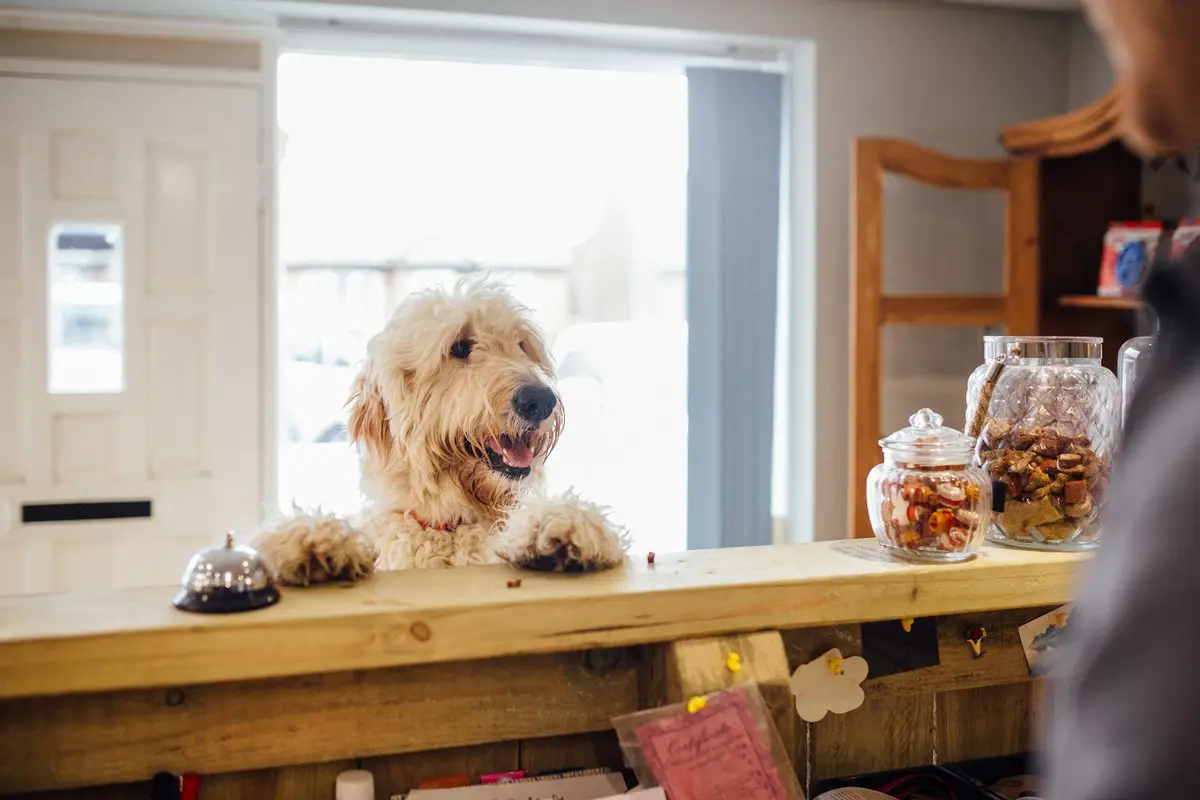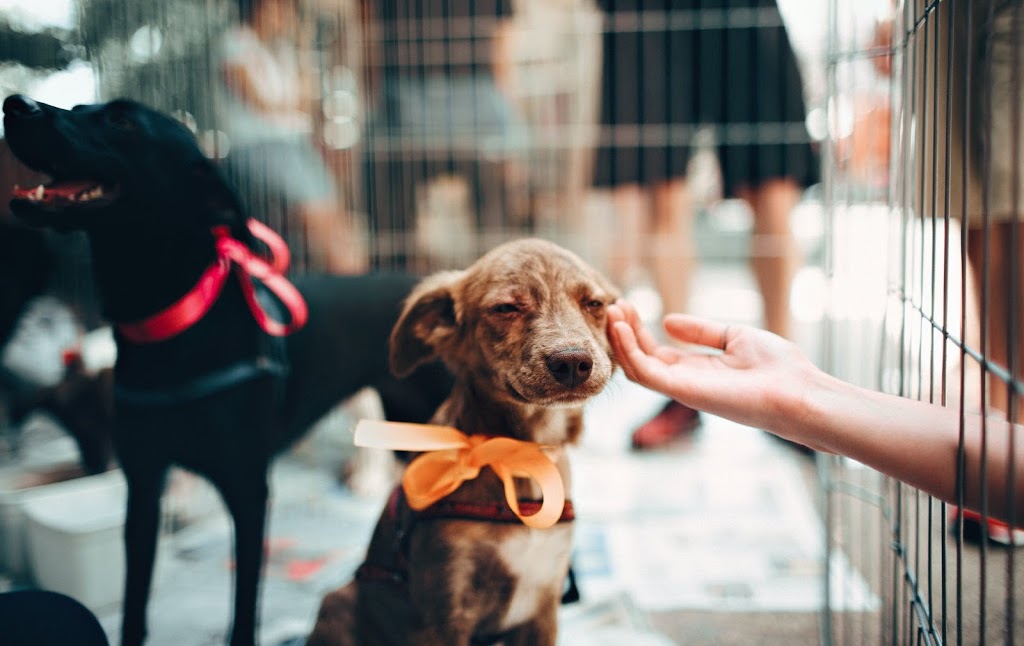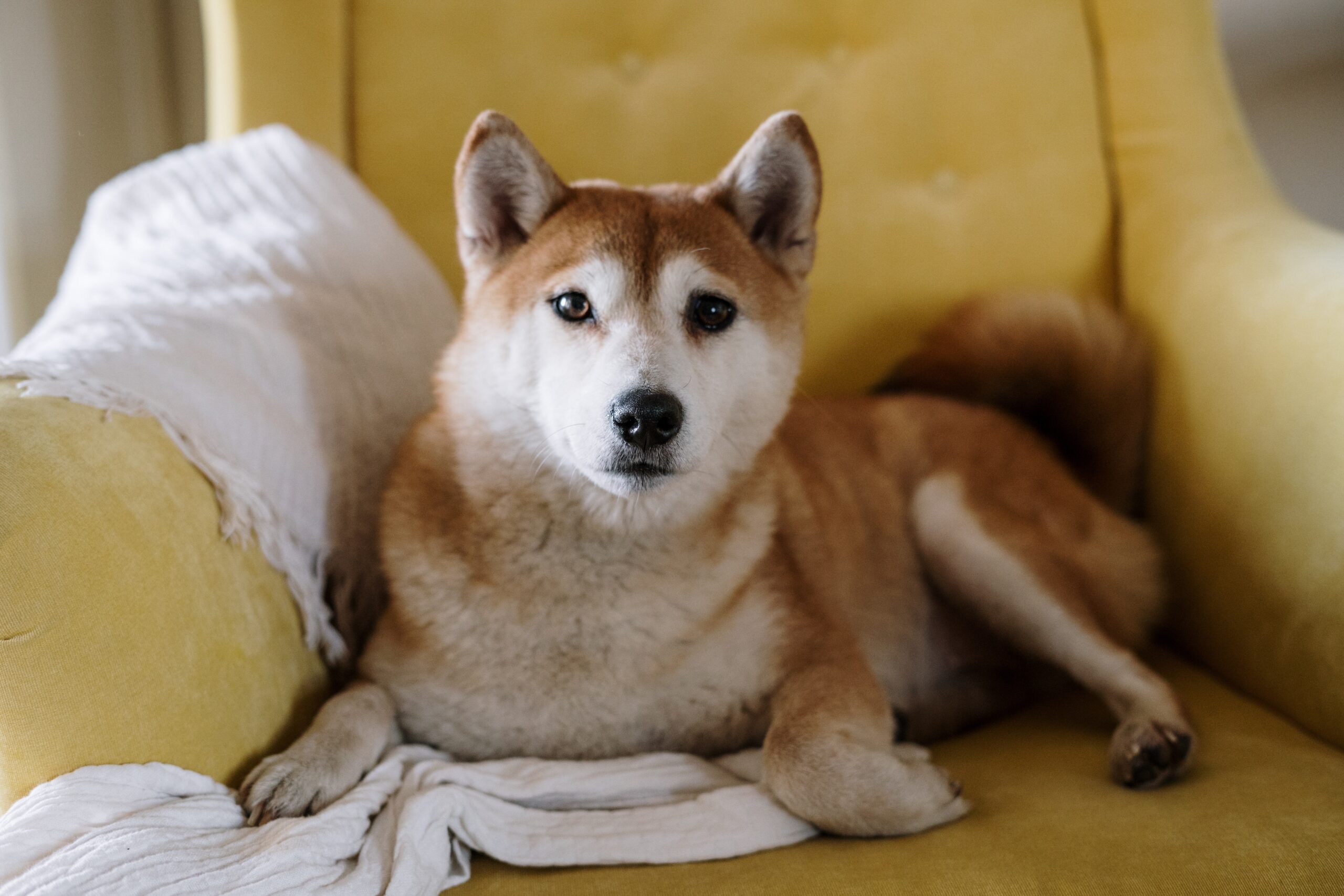Air travel with your pet can be a fun and exciting experience, but it requires careful planning and preparation to ensure a safe and stress-free journey. Whether you are traveling with your furry friend for a vacation or relocation, there are important factors to consider to make the trip as comfortable and enjoyable as possible for both you and your pet.
According to a recent survey from Petplan-Pet Insurance, more than 78 percent of pet owners say they take their pet with them on vacation, an increase of eight percent over the previous years.
In this article, we will provide you with the top 12 tips for safe and stress-free air travel with your pet, including airline regulations, carrier specifications, booking in advance, exercise, feeding, sedation, acclimation to the carrier, choosing a direct flight, and being prepared for emergencies. By following these tips, you can help ensure a smooth and comfortable journey for your furry friend and make unforgettable memories together.
1.Check airline regulations:
Each airline has its own set of rules and regulations when it comes to traveling with pets. These rules may include size and breed restrictions, carrier specifications, and required documentation such as health certificates and vaccination records. It is important to check with the airline in advance, either by visiting their website or calling customer service, to make sure that you have all the necessary information and are compliant with their policies. This will help you avoid any surprises or issues during the flight and ensure a smooth and hassle-free travel experience for both you and your pet.
2.Choose the right carrier
It’s important to choose a carrier that is the appropriate size for your pet so that they can stand up, turn around, and lie down comfortably during the flight. The carrier should also be sturdy, well-ventilated, and leak-proof to ensure your pet’s safety and comfort.
When selecting a carrier, make sure to check the airline’s specific requirements for pet carriers, as some airlines may have their own specifications regarding the dimensions, material, and design of the carrier. It’s also a good idea to label the carrier with your contact information and attach a photo of your pet for identification purposes.
By selecting the right carrier for your pet, you can help ensure that they have a comfortable and secure place to stay during the flight, reducing the risk of stress or injury.
3.Book your pet’s travel in advance
Many airlines limit the number of pets allowed on a single flight, so it’s important to book your pet’s travel as early as possible to ensure that there is space available.
By booking your pet’s travel in advance, you can avoid any last-minute surprises or disappointments. You can also make sure that you have enough time to complete any necessary documentation or preparations for your pet’s travel, such as obtaining a health certificate or ensuring that your pet’s carrier meets the airline’s requirements.
Additionally, some airlines may charge an extra fee for traveling with pets, so booking in advance may also help you save money on your pet’s travel expenses.
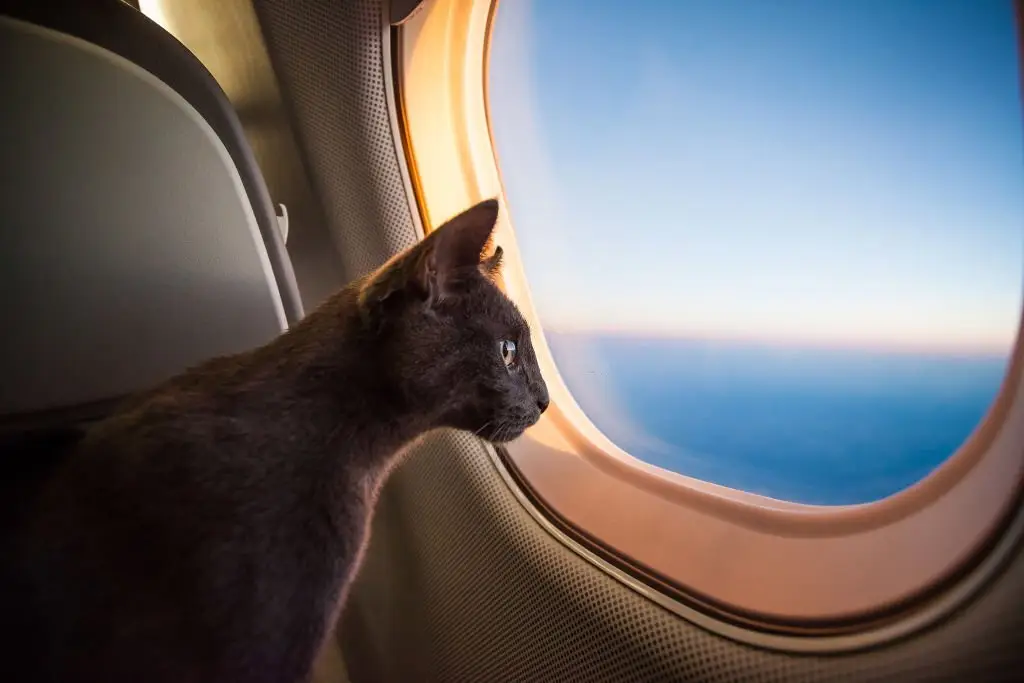
4.Exercise your pet before the flight
Giving your pet plenty of exercise before the flight can help them relax and reduce the risk of anxiety or discomfort during the flight.
Exercise helps to release endorphins, which are natural stress-relievers that can help your pet feel more relaxed and calmer. By taking your pet for a walk or playing with them before the flight, you can also help them to burn off any excess energy, making them more likely to rest during the flight.
However, it’s important to make sure that your pet doesn’t get too tired or over-exerted before the flight. Over-exercising your pet can lead to dehydration or exhaustion, which can make them more susceptible to stress or illness during the flight.
5.Avoid feeding your pet before the flight
To avoid potential motion sickness, it’s best to avoid feeding your pet for a few hours before the flight. However, make sure your pet has access to water throughout the trip.
Similar to humans, pets may experience motion sickness during the flight, particularly if they have a full stomach. By avoiding feeding your pet for a few hours before the flight, you can help reduce the risk of motion sickness and make the flight more comfortable for your pet.
It’s important to note that you should still make sure that your pet stays hydrated throughout the flight. Make sure to provide water in a spill-proof container that can be attached to the carrier, so that your pet can drink comfortably during the flight.
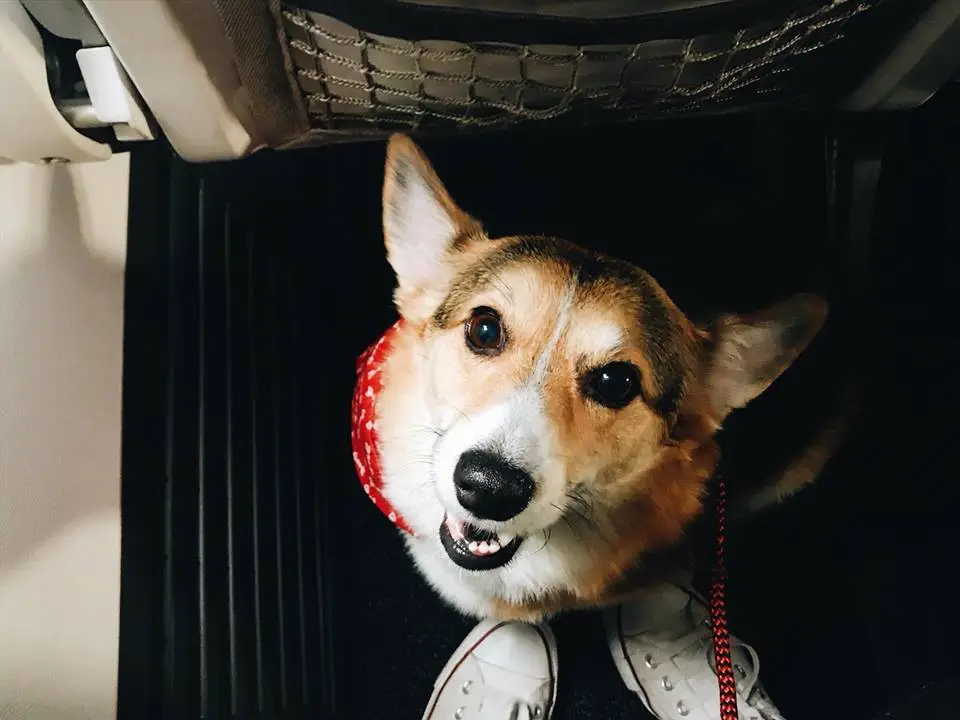
6.Consider sedation
Sedation should only be used if it’s necessary for the safety and comfort of your pet, and should always be administered under the guidance of a veterinarian.
Some pets may experience anxiety or stress during air travel, which can make the flight uncomfortable or even dangerous for them. In some cases, sedation may be recommended by a veterinarian to help calm the pet and reduce their stress levels.
However, it’s important to note that sedation can also come with risks and side effects, such as decreased blood pressure or impaired breathing. Therefore, it’s important to consult with a veterinarian beforehand to determine if sedation is appropriate for your pet, and to discuss any potential risks and side effects.
7.Carry essential items
This means making sure that your pet has everything they need to be comfortable and safe during the flight, such as a properly sized carrier, access to water, and essential items like food and medication.
It’s also important to follow all of the airline’s rules and regulations for traveling with pets, such as size and breed restrictions, required documentation, and carrier specifications. By following these rules and regulations, you can help ensure that your pet’s travel is as safe and stress-free as possible.
Finally, if you have any concerns about your pet’s health or safety during air travel, don’t hesitate to speak with a veterinarian or the airline’s customer service team. They can provide you with additional guidance and support to help ensure that your pet’s travel is as smooth and comfortable as possible.
8.Choose a direct flight
A direct flight means that there will be no layovers or connecting flights, which can help reduce the stress and discomfort that your pet may experience during air travel.
If your pet is traveling in the cargo hold, a direct flight can also help minimize the amount of time they spend in transit and reduce the risk of any mishaps that may occur during layovers or when changing planes.
Additionally, if you have a layover or connecting flight, you may need to retrieve your pet from the cargo hold and re-check them for the next leg of the journey. This can be stressful for your pet, as they will have to go through security again and may spend additional time in their carrier.
Choosing a direct flight can help make your pet’s travel experience more comfortable and less stressful, so it’s worth considering when making your travel plans.
9.Get a health check-up
it is a good idea to get a health check-up for your pet before traveling, especially if your pet is older or has any underlying health conditions.
Taking your pet for a check-up before air travel will help ensure that they are healthy enough to fly and will also help identify any potential health concerns that may need to be addressed before the trip. Your veterinarian can also provide you with advice on how to keep your pet comfortable and safe during the flight, as well as provide any necessary vaccinations or medications.
If you are traveling internationally with your pet, a health check-up is usually required by the airline and the destination country’s government. Make sure to check the specific requirements and regulations for pet travel to your destination, including any necessary vaccinations, documentation, and quarantine rules.
10.Acclimate your pet to their carrier
This means allowing your pet to become comfortable and familiar with their carrier before the trip, which can help reduce their stress and anxiety during air travel.
To acclimate your pet to their carrier, you can start by introducing the carrier into your pet’s environment a few weeks before the trip. You can place treats, toys, and bedding inside the carrier to make it a comfortable and welcoming space for your pet.
Encourage your pet to explore the carrier on their own and reward them with treats and praise when they do. You can also take short trips in the car with your pet in their carrier to help them get used to being in the carrier while in motion.
It’s important to make sure that the carrier is the appropriate size for your pet and that it is sturdy, well-ventilated, and leak-proof. Label the carrier with your contact information and attach a photo of your pet for identification purposes.
Acclimating your pet to their carrier can help reduce their stress and anxiety during air travel, which can make the journey more comfortable and enjoyable for both you and your furry friend.
11.Check for temperature restrictions
Some airlines have temperature restrictions on pet travel, especially during extreme heat or cold. Make sure to check with the airline and plan accordingly.
12.Be prepared for emergencies
While air travel with pets is generally safe, emergencies can still happen, and it’s important to be prepared in case of any unexpected situations.
Some of the things you can do to be prepared for emergencies include:
- Keep your pet’s essential items easily accessible:
Pack a bag with essential items for your pet, including food, water, medication, and any necessary documentation. Make sure to also include items that will help your pet feel comfortable, such as a favorite toy or blanket. - Carry a first-aid kit:
Include a first-aid kit specifically designed for pets in your travel bag. This can include items such as bandages, antiseptic wipes, and tweezers. - Have a plan in case of emergency:
Make sure you know what to do in case of an emergency, such as a medical issue or if your pet escapes from their carrier. Know the location of the nearest veterinary clinic at your destination and have contact information for your regular veterinarian in case you need to contact them for advice or assistance. - Consider pet travel insurance:
Pet travel insurance can help cover unexpected veterinary expenses or emergency transportation in case of an unexpected situation during your trip.
Being prepared for emergencies during pet air travel can help you handle any unexpected situations with confidence and ease. By taking these steps, you can help ensure the safety and well-being of your furry friend during air travel.
Bottom line
Air travel with your pet can be a wonderful experience if you plan and prepare well in advance. By following the top 12 tips we’ve provided, you can ensure your furry friend’s safety, comfort, and happiness during the trip. Remember to check the airline’s regulations, choose the right carrier, book in advance, exercise your pet, avoid feeding before the flight, consider sedation, if necessary, acclimate your pet to their carrier, choose a direct flight, and be prepared for emergencies. With these steps, you and your pet can have a stress-free and enjoyable air travel experience. Bon Voyage!


